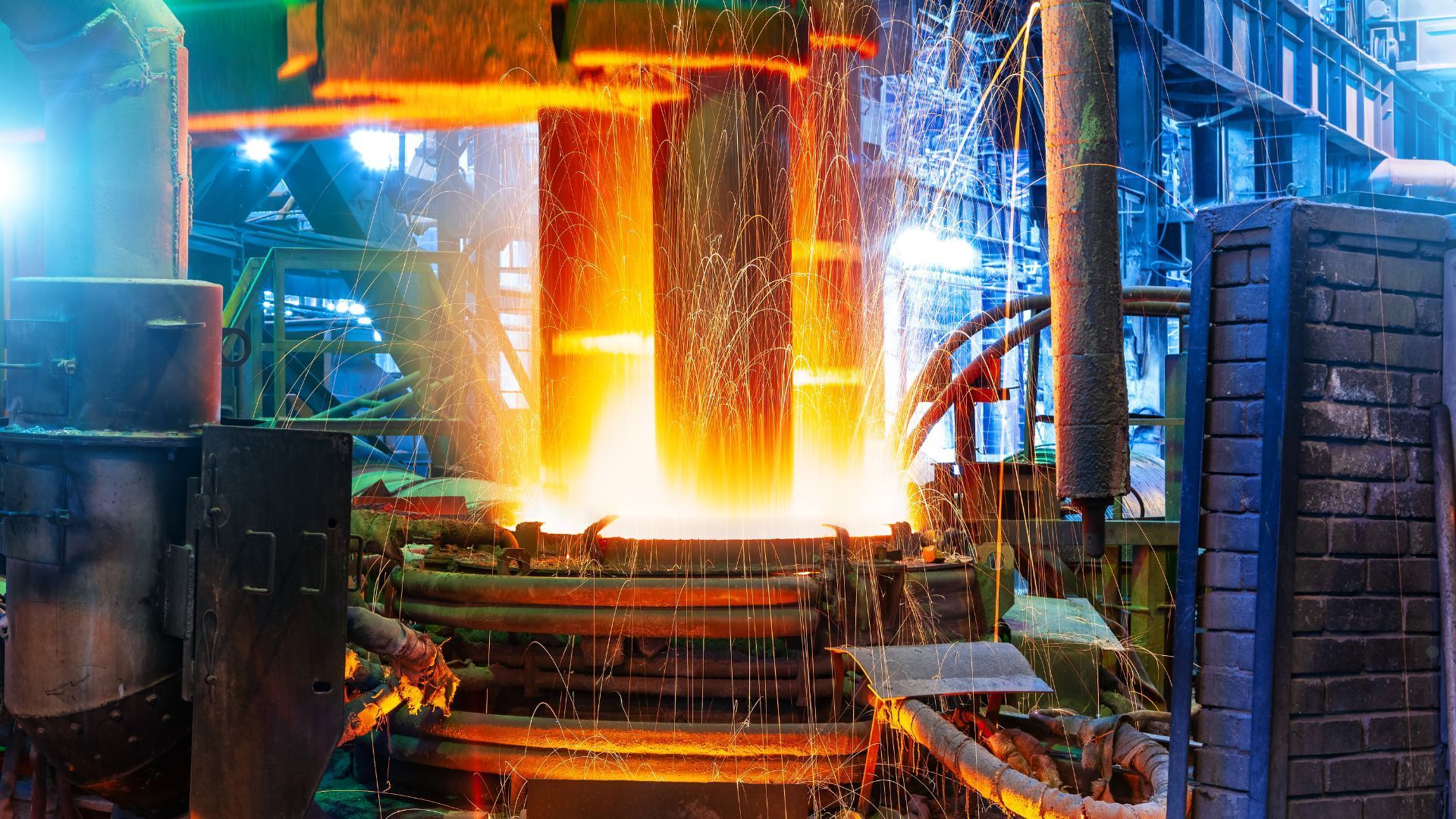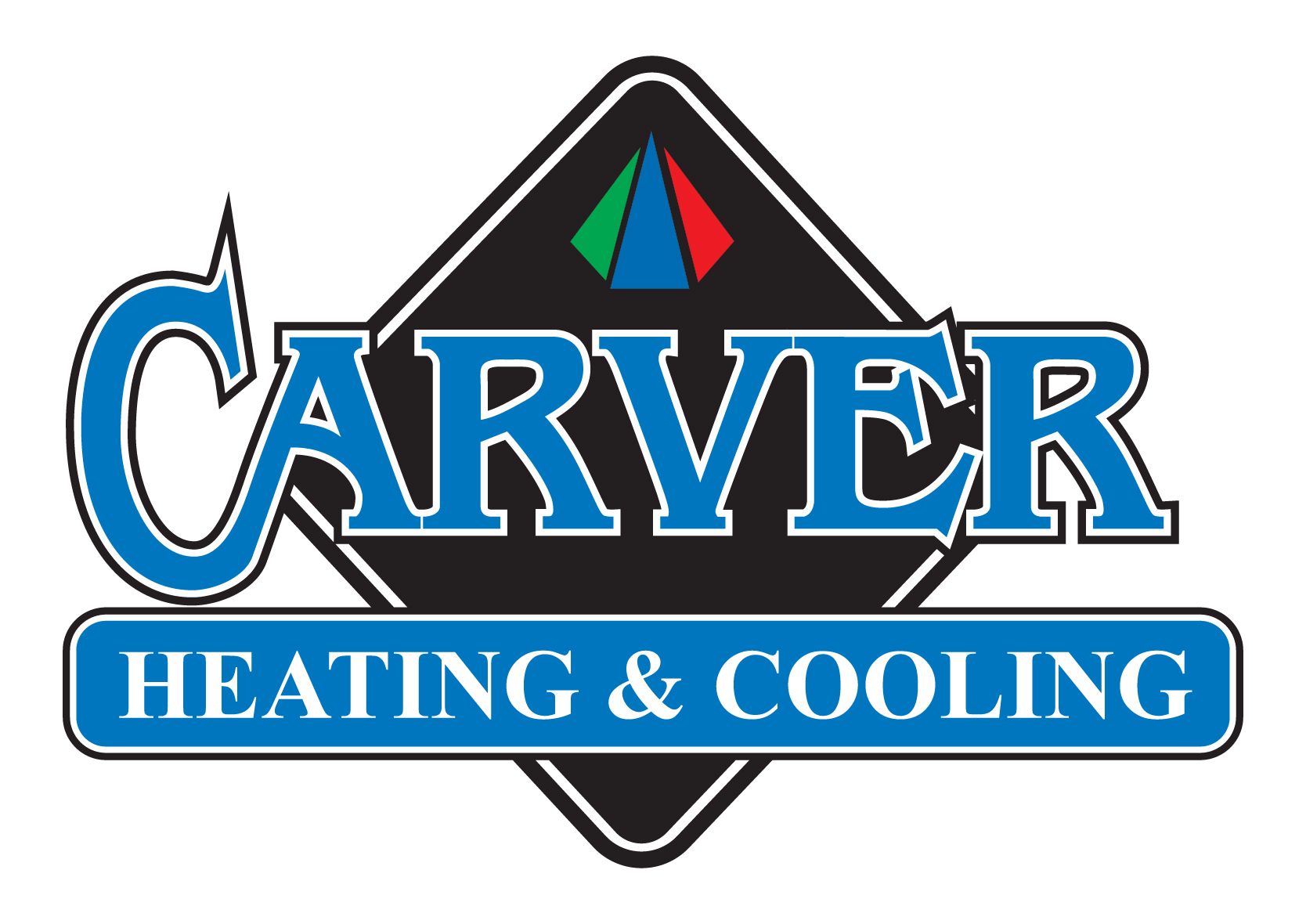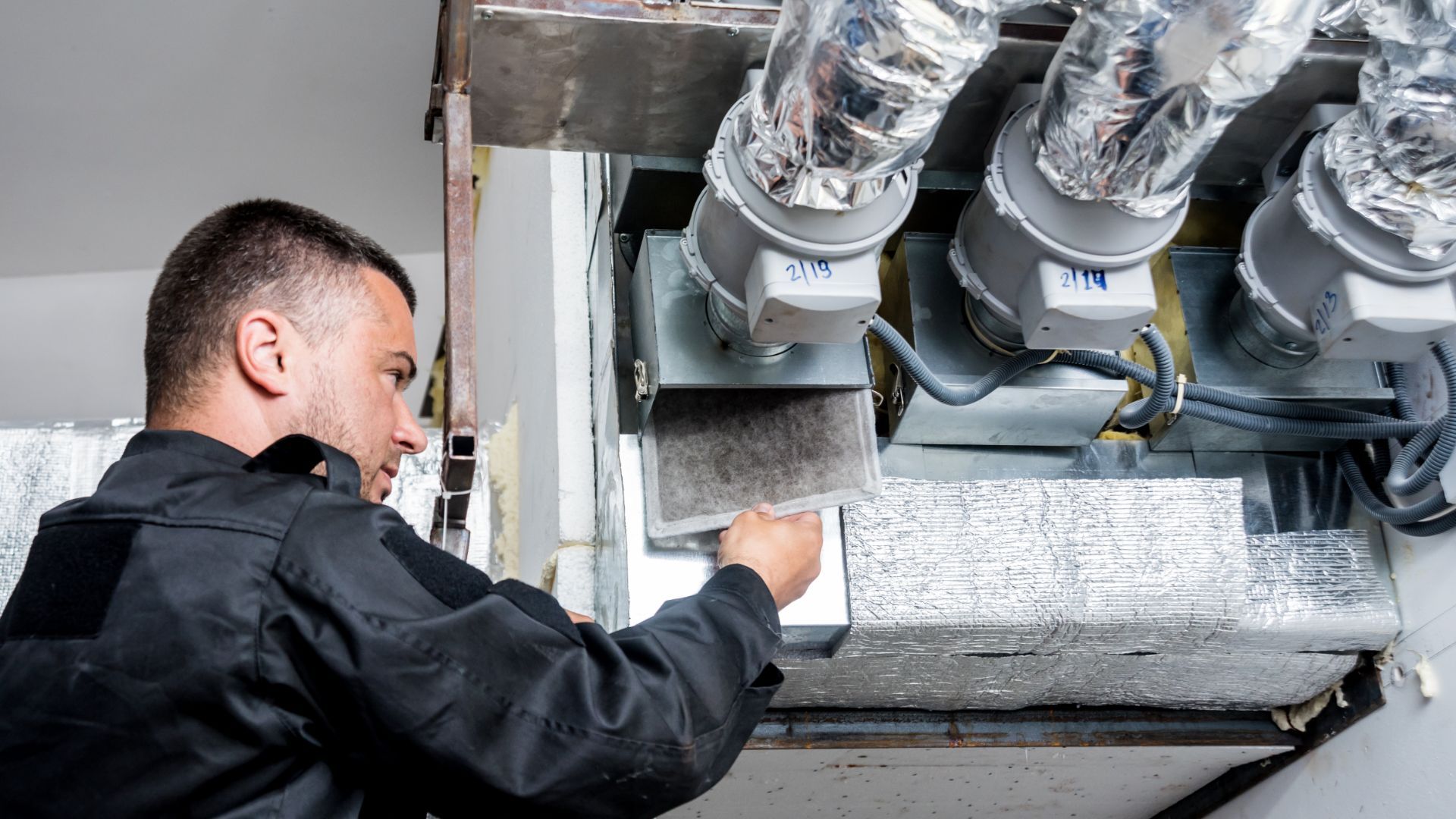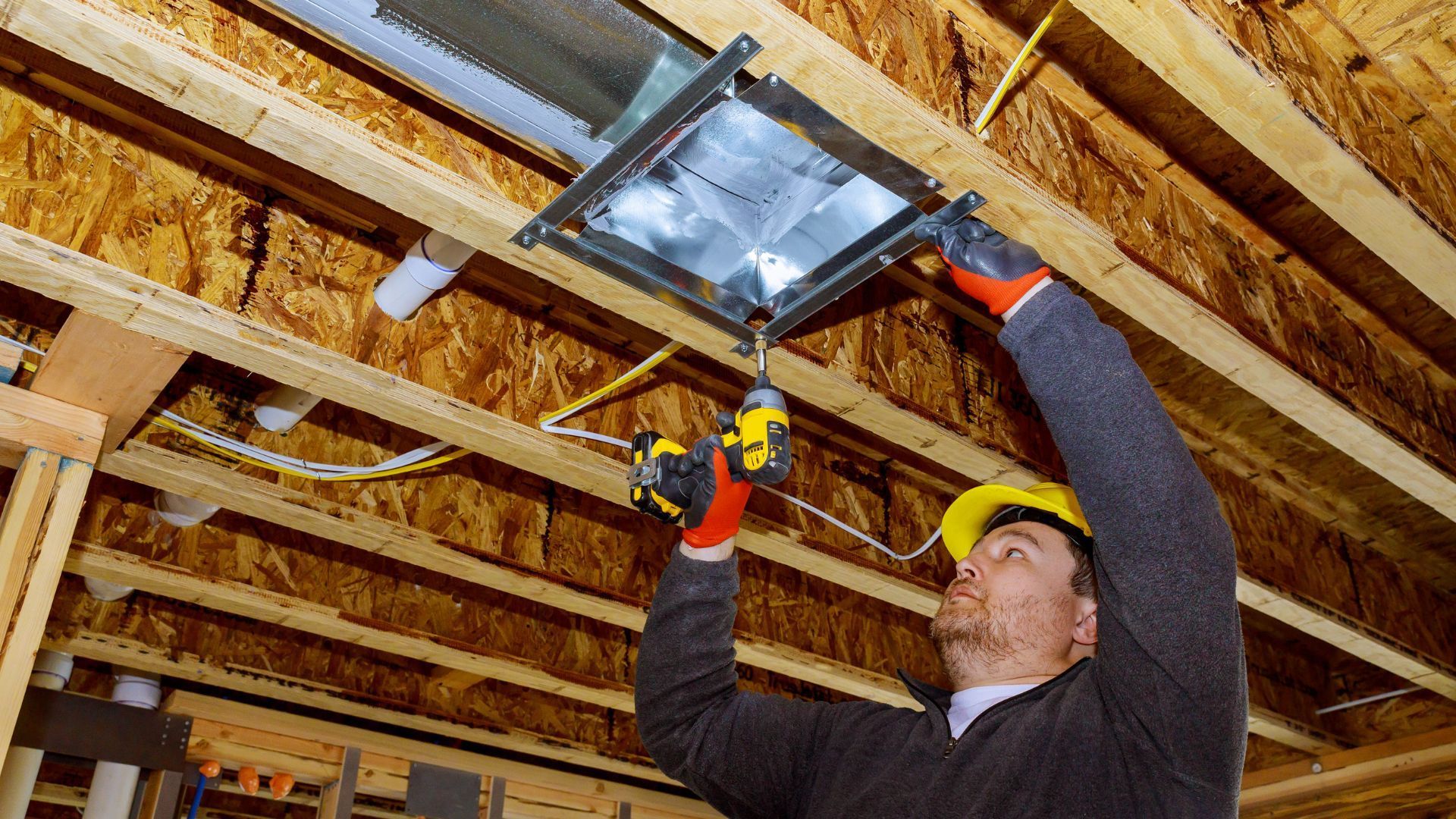Working Hours: Monday - Friday 08:00 AM - 04:30 PM
Electric Furnaces: A Comprehensive Guide to Efficient Heating

Electric furnaces have revolutionized the way we heat our homes and spaces. In today's eco-conscious world, these innovative heating systems offer an efficient and sustainable alternative to traditional furnaces. If you're curious about electric furnaces, their advantages, and how to choose the right one for your needs, you've come to the right place. In this comprehensive guide, we'll delve into all aspects of electric furnaces, from their working principles to installation, maintenance, and FAQs. Let's embark on this journey to discover the warmth and efficiency electric furnaces can bring into your life.
Electric Furnaces: A Closer Look
Electric furnaces, as the name suggests, are heating systems that rely on electricity to generate heat. They are designed to provide warmth and comfort to homes, offices, and various other spaces. Here's a closer look at the key features and benefits of electric furnaces.
- Energy Efficiency
Electric furnaces are renowned for their energy efficiency. They convert nearly 100% of the electricity they consume into heat. This high level of efficiency not only reduces energy wastage but also results in lower utility bills.
- Clean and Environmentally Friendly
Unlike furnaces that burn fossil fuels, electric furnaces produce no emissions. This makes them an eco-friendly choice, contributing to a cleaner environment and reducing your carbon footprint.
- Safe and Reliable
Electric furnaces are known for their safety and reliability. They don't require flammable fuels, reducing the risk of accidents. Additionally, they have a longer lifespan compared to many other heating systems.
- Easy Installation
Installation of electric furnaces is relatively straightforward. They don't require complex venting systems, making them suitable for a wide range of spaces.
Types of Electric Furnaces
Electric furnaces come in several types, each designed to meet specific heating needs. Let's explore the most common types:
- Forced Air Furnaces
Forced air electric furnaces distribute warm air through a system of ducts and vents. They are versatile and can be used for both heating and cooling, thanks to compatible heat pumps.
- Electric Baseboard Heaters
Baseboard heaters are a popular choice for individual rooms. They are mounted along the baseboards and provide zone heating, allowing you to control the temperature in different areas.
- Electric Wall Heaters
Wall heaters are similar to baseboard heaters but are mounted on walls. They are ideal for rooms with limited floor space.
- Electric Radiant Heaters
Radiant heaters work by heating objects and people directly rather than warming the air. They are efficient for providing spot heating in specific areas.
Choosing the Right Electric Furnace
Selecting the right electric furnace for your needs is crucial. Consider the following factors:
- Size and Heating Capacity
Determine the size of the space you want to heat. This will help you choose a furnace with the appropriate heating capacity.
- Energy Efficiency
Check the Energy Star rating to ensure your chosen furnace meets energy efficiency standards. This can lead to significant energy savings over time.
- Installation Costs
Factor in installation costs when budgeting for your electric furnace. While electric furnaces are generally more affordable to install than some other heating systems, professional installation may be required.
- Maintenance Requirements
Regular maintenance is essential for keeping your electric furnace in optimal condition. Consider the maintenance requirements and costs when making your decision.
- Installation and Maintenance
Installing and maintaining an electric furnace requires attention to detail and, in some cases, professional assistance. Here are some guidelines to help you get started:
Installation Steps
Select the Location: Choose a suitable location for the furnace, ensuring it has adequate clearance and ventilation.
Wiring: Ensure the electrical wiring meets local codes and standards.
Ductwork: If using forced air, ensure your ductwork is in good condition and free from leaks.
Thermostat Installation: Install a programmable thermostat for precise temperature control.
Professional Assistance: Consider hiring a licensed HVAC technician for installation to ensure safety and efficiency.
Maintenance Tips
Regular Cleaning: Clean or replace filters as recommended by the manufacturer to maintain airflow and efficiency.
Inspect Wiring: Periodically inspect the wiring for signs of wear or damage.
Professional Servicing: Schedule annual maintenance with a qualified technician to
ensure all components are in good working order.
FAQs about Electric Furnaces
Q: How do electric furnaces work?
Electric furnaces work by using electrical resistance to generate heat. When you adjust the thermostat, electricity flows through heating elements, producing warm air that is then distributed throughout your space.
Q: Are electric furnaces cost-effective in the long run?
Yes, electric furnaces can be cost-effective in the long run due to their high energy efficiency. While initial installation costs may vary, the energy savings over time can offset these expenses.
Q: Can electric furnaces be used for cooling as well?
Electric furnaces can be used for cooling when paired with a heat pump. Heat pumps can reverse their operation to provide both heating and cooling, making them versatile systems.
Q: Do electric furnaces require special ventilation?
Electric furnaces do not require special ventilation like gas or oil furnaces. However, it's important to ensure they have proper clearance and airflow for safety and efficiency.
Q: Are electric furnaces noisy?
Electric furnaces are generally quieter than some other heating systems, such as oil or gas furnaces. The noise level is minimal during operation.
Q: Can I install an electric furnace myself?
While some experienced homeowners may choose to install electric furnaces themselves, it's recommended to hire a professional HVAC technician for safe and efficient installation.
Conclusion
Electric furnaces offer an efficient, clean, and eco-friendly way to heat your home or workspace. By understanding their benefits, types, and proper installation and maintenance, you can make an informed decision when considering this heating option. Embrace the warmth and efficiency of electric furnaces while contributing to a greener future.
Want to own your first or your next Electric Furnaces? Contact us today and learn more about this life changing tech for your home or office!

INFORMATION
176 Rectory St, London, ON N5Z 2A5, Canada
Follow us on Facebook
BROWSE OUR WEBSITE
EMERGENCY SERVICE









